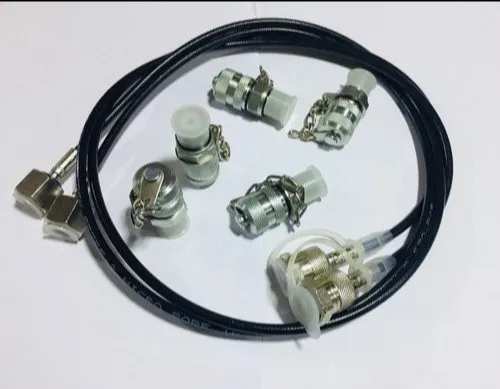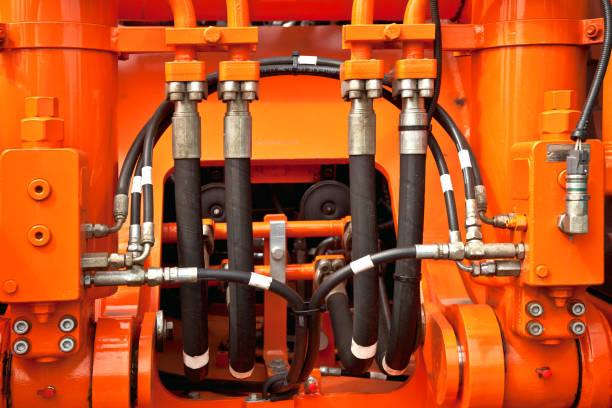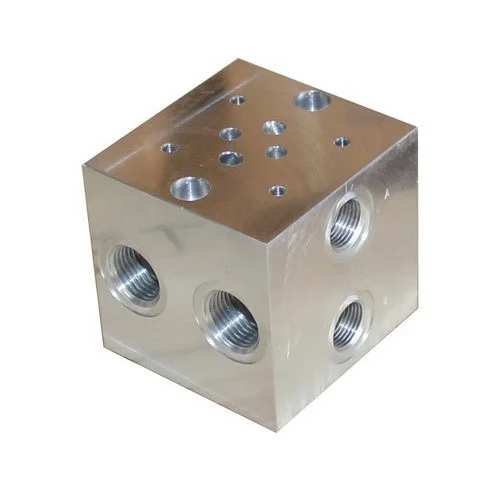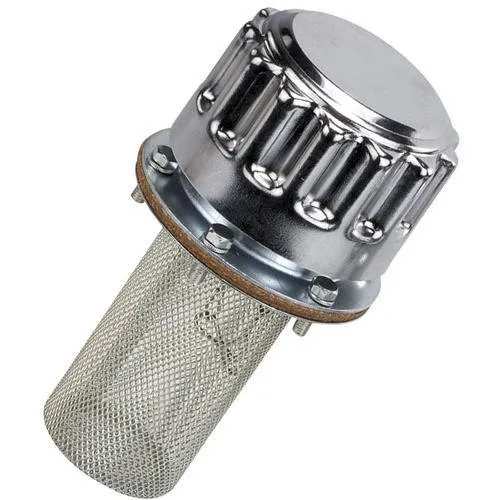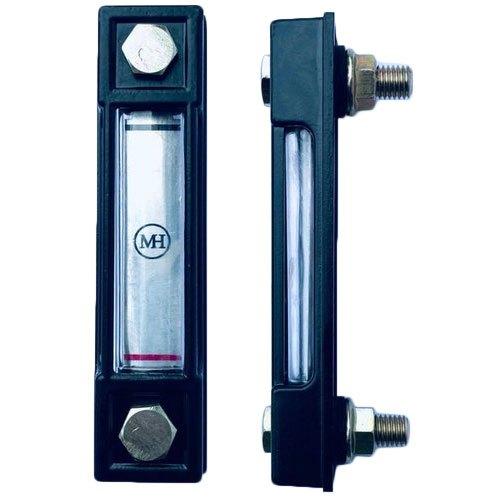Minimise Hose Pipe
INR 0
Enquire
Description
"minimize hose pipe," you're likely referring to reducing the size, length, or impact of hose pipes in various applications. Here's a breakdown of how to achieve that, focusing on efficiency and practicality: 1. Reducing Hose Length: Optimized System Design: Plan hydraulic or pneumatic systems to minimize the distance between the pressure source and the actuator. Use strategically placed manifolds or distribution blocks to reduce the need for long hose runs. Proper Routing: Route hoses directly and efficiently, avoiding unnecessary loops or bends. Use appropriate clamps and supports to keep hoses organized and prevent excessive sagging. Retractable Reels: Use retractable hose reels to keep hoses neatly stored and minimize their length when not in use. 2. Reducing Hose Diameter: Flow Rate and Pressure Considerations: Select the smallest diameter hose that can handle the required flow rate and pressure of the system. Oversized hoses can lead to increased fluid volume, pressure drop, and cost. System Analysis: Conduct a thorough analysis of the system's flow requirements to determine the optimal hose diameter. Consult with hose manufacturers or hydraulic specialists to ensure proper sizing. 3. Minimizing Environmental Impact: Leak Prevention: Use high-quality hoses and fittings to prevent leaks. Regularly inspect and maintain hoses to identify and address potential leaks. Biodegradable Materials: Consider using hoses made from biodegradable or environmentally friendly materials when possible. Recycling: Properly dispose of and recycle used hoses to minimize waste. 4. Space Optimization: Compact Designs: Utilize compact hose designs and fittings to reduce the overall space occupied by hose systems. Integrated Systems: Integrate hose routing into the overall design of machinery or equipment to minimize space requirements. Hose organization: Using hose clamps and other devices to maintain a neat and organized hose system.

